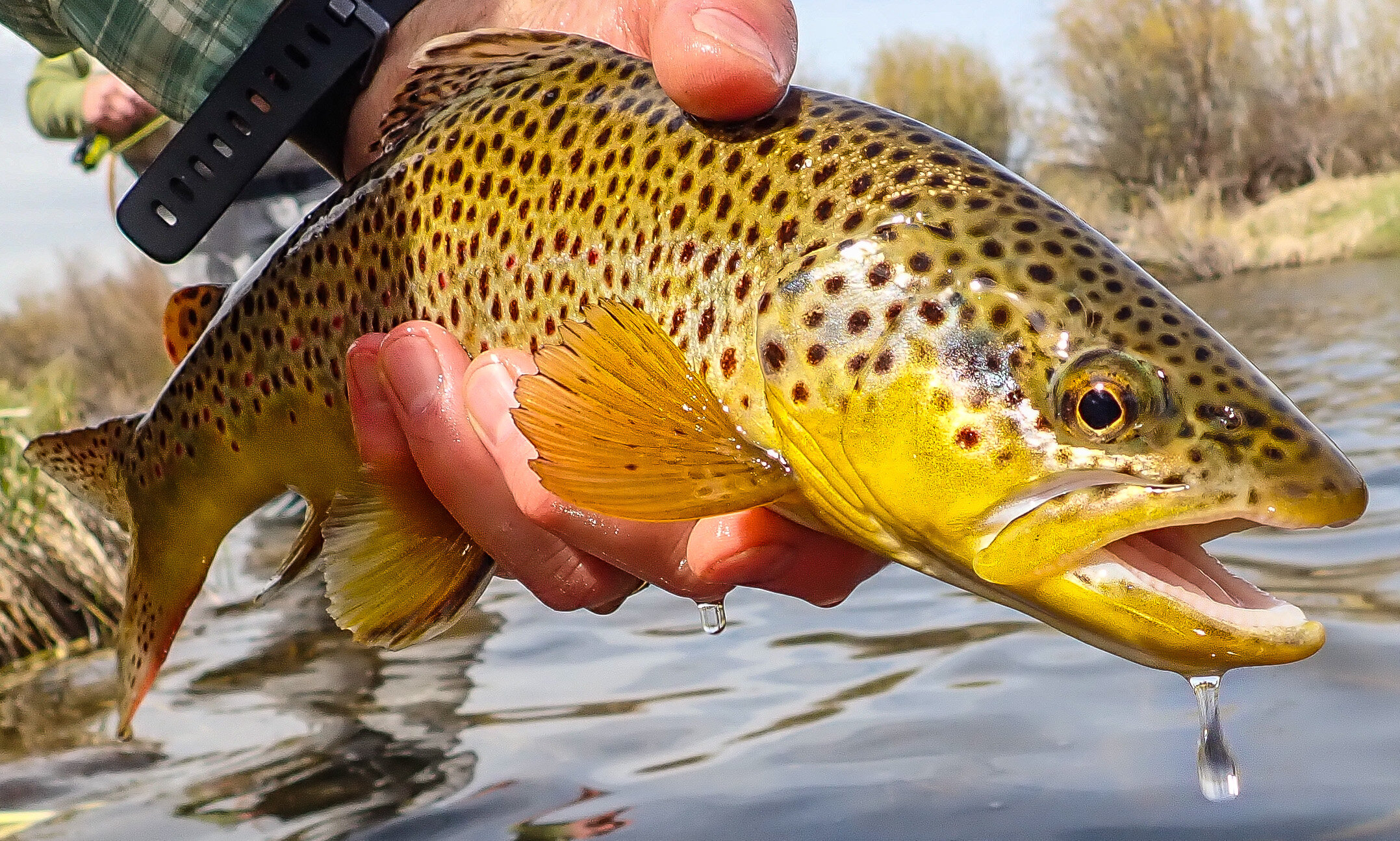
CATCH & RELEASE FISH HANDLING TIPS
Fish handling has received a lot of press recently, and rightly so. Incorrectly handling fish can destroy the primary living creature that inhabits the very resource we are trying so hard to protect. Below are some key tips for playing, handling & releasing fish with minimal negative impact.
TIPS ON PLAYING, HANDLING & RELEASING FISH
Prepare in advance for quick and minimal handling of fish
Use a landing net with a large basket and rubberized material– allows fish to stay in the water comfortably, doesn’t rub protective slime off
Use barbless hooks – theory is barbless allows you to get the hook out easier & faster
Have your fish releasing tools (forceps, quick release tool, etc) readily at hand
Land the fish as quickly as possible – prevents glucose and lactic acid in the fish’s blood, fish often die after long fight even if it seems they are swimming away strongly…should be strong and full of fight when released
Use the largest tippet you can get away with
Have the drag set as tightly as you can get away with for the tippet size you are using
Use your rod to tire the fish out quickly – fight the fish with the rod horizontal to the water, make fish work against the rod and current
Minimize Air Exposure – keep fish’s mouth and gills fully submerged in water as much as possible during unhooking and photography stages…keep the fish in the net and only remove from net for a QUICK picture
Fish breathe air by taking water in through their mouth, over the gills and out through the gill flaps. Fish gets no oxygen when water not going over their gills. Holding the fish out of the water is forcing the fish o hold its breath after running a race
Recent study showed
-Fish landed without being held out of water = 88% survival rate
-Fish landed and held out of water 30 sec for picture = 62% survival rate
-Fish landed and held out of water for 1 minute = 28% survival rate
Eliminate contact with dry surfaces
Wet your hands before touching the fish – avoid rubbing off their protective slime
Remove any fishing or other gloves before handling fish
If you do pick fish up, do it over the water not dry land or rocks
Don’t set the fish down on dirt, grass or snow – very bad for protective coating
Protect the fish’s eyes – watch your hands, don’t lay on dry land where they flop around
Minimize overall handling of the fish
If you pick the fish up for a grip & grin, use 2 hands – one handed grips a) don’t support the fish and b) encourage dropping
Releasing the fish
Cradle the fish in the water pointing its head upstream
Position the fish in clear, moving “seam” water – not what is getting muddied up by your boots
Don’t thrust him back and forth – let the water go through his gills on his own…pulling fish back through water can harm fish
Don’t let the fish go until it gives strong tail-swimming movements and swims firmly out of your gentle grip
Other thoughts
If the hook is too deep down the stomach or throat, cut the line and release the fish – studies vary but hook will eventually fall out or dissolve, definitely better than trying to pull hook out of fish
Don’t touch the gills
Blood does not mean dead
KEEP EM WET - If you are taking pictures keep them in the water until the very last minute…water should still be dripping off the fish during the picture
For more information on fish handling tips and techniques please check out a CTU article from 2015 https://coloradotu.org/blog/2015/10/proper-fish-handling-techniques and the site www.keepemwet.org, a great site on the value of keeping fish wet but with numerous other tips on boosting fish mortality.

